|
The Fashion and Textile Museum is quite a small museum. It's not really a museum as it doesn't have (as far as I can tell) any kind of permanent display. It is more of an exhibition space. It is located on Bermondsey Street, near London Bridge, one of my favourite spaces in London (it contains the London Glassblowing Studio which I have blogged about before and will no doubt do again). Until last week I had never been. In fact before a couple of weeks ago I had never heard of Kaffe Fassett. My partner had though. She is an embroidery, fabrics, knitting and all things associated fiend and it was her idea to go. I am very glad I did as it opened up a whole new world to me. Chances are if you haven't been to the show yet, you will miss it as it closes 12th March. So who is Kaffe Fassett. Well he is a fabric designer. He designs and makes extremely colourful patterned fabrics, which have a strong pattern in them. He uses bold, unlikely colours, often in strange combination to produce something eye catching. The fabrics are in themselves wonderful things. However what this show, The Power of Pattern, had on display were quilts made by other people using Fassett and Fassett Co-operative fabrics. There were some of his fabrics on display. The first room you go into, which shows an introductory video is bedecked in a red flower patterned fabric. Throughout the exhibition the floor is decorated with a version of one of his designs. Various stools are upholstered in his fabric and towards the end are some of Fassett's cushions and a room showing the original design drawings. They are though not the main events. The main event is, these amazing quilts. They hang on the wall like harlequin war banners. A riot of colour and shapes. Using different Fassett fabrics in different combinations to different effects. I know almost nothing about quilting so it was useful to have my partner show me how the stitching of the various different elements, how the quilt stuffing was stitched in for example, was used to enhance the shapes and the designs being displayed. Some of them were abstract geometric shapes. The simple concentric interlocking triangles (above left) really appeals to me. I like its simplicity but also the bold colours. In terms of pattern it is probably the simplest in the show. The cross shapes (above right) are a lot more complex). Then it gets more complex still with use of circles of different coloured fabrics, some of the circles are slightly off set (above left). It is almost an overload of colour and here is a good example of the stitching used to highlight the circular shapes. Some of the pieces are insanely detailed (above right) and have a sort of magic eye like quality. I looked at them expecting to see some kind of mystery revealed to me. What adds to all this, is the gentle breeze in the exhibition space causes the quilts to move and stir. It creates a feeling and an effect that you don't often get with art. Most art is static, or deliberately in motion. The accidental motion appealed to me. Not shown here but probably the star of the show was a large rectangular quilt. Circular swatches of coloured fabrics sat against a dark blue stary background. It looked like a constellation of planets. The stitching was waves of shiny spider’s web like silk which added to the effect. It was wonderful. Not all of the pieces were abstract. Some were representational. There was a giraffe and an elephant. A rosy pink rhino made out of cabbage patterned fabric. My two favourites were a face (above left) and a Cockrell (above right). The face was difficult to see close up. Fortunately the museum has a mezzanine level. I like this as it allows you to look at the pieces in a different way and the face certainly benefit from being viewed further away.
Then you have a very angry Cockrell strutting through a field (above right). He is by the same artist as did the planets quilt mentioned earlier. He has a properly furious look which I greatly appreciated. I came away with a tea towel (the same pattern as on the floor - below). It was a great show. I shall be looking out similar things in the future.
0 Comments
I am slightly obsessed with what people do and why they do this. Partly this relates to artistic endeavours. Not just where people get their inspiration from but where do they get their motivation from, how do they sustain it and how on a practical level do they do things.
This is why I started my podcast series the Things that Drive Us which explores exactly this. Where it gets really interesting for me at least is the ethic, moral and philosophical drivers behind what and how people do things and it is always interesting to me when these intersect with what they actually produce. So for example with Alistair Gordon the artists who talked very candidly about his faith and how this comes out in his art, and Matthew Pennington of Profound Decision and how his sense of fairness in relation to the people who volunteer for his events drives how he sets the whole things up. I suppose one of the reasons I am interested in this, is that I wonder the same question quite frequently about myself. What is it that drives me? What is it that drives you? Answering this question or at least exploring this question seems to me one of the fundamentals of human existence. Working out what your drivers are, what your purpose and centre is and tying what you do as closely as possible to this, seems to me one of the prime goals of existence. So I batter around the internet and bookshops looking at Stoic philosophy, Buddhism, mindfulness, Christianity, Islam and the schools of therapy and am struck by the similarities between them. How often conscience and the a core purpose is the main thread of all of these things. Theory is all very well and interesting but of course life is tricky so what really interests me is how people, different people manifest this, channel it into their life. How do people realise their drives? Of course much more difficult is once you have worked out what they are, to act on them. And acting on them is both easier and more difficult than you think. These drivers are not static either, changes in life, in perspective, in your needs and the needs of those around you can cause them to shift. Do you agree? How are you going to respond to yours? |
Archives
June 2024
Categories |
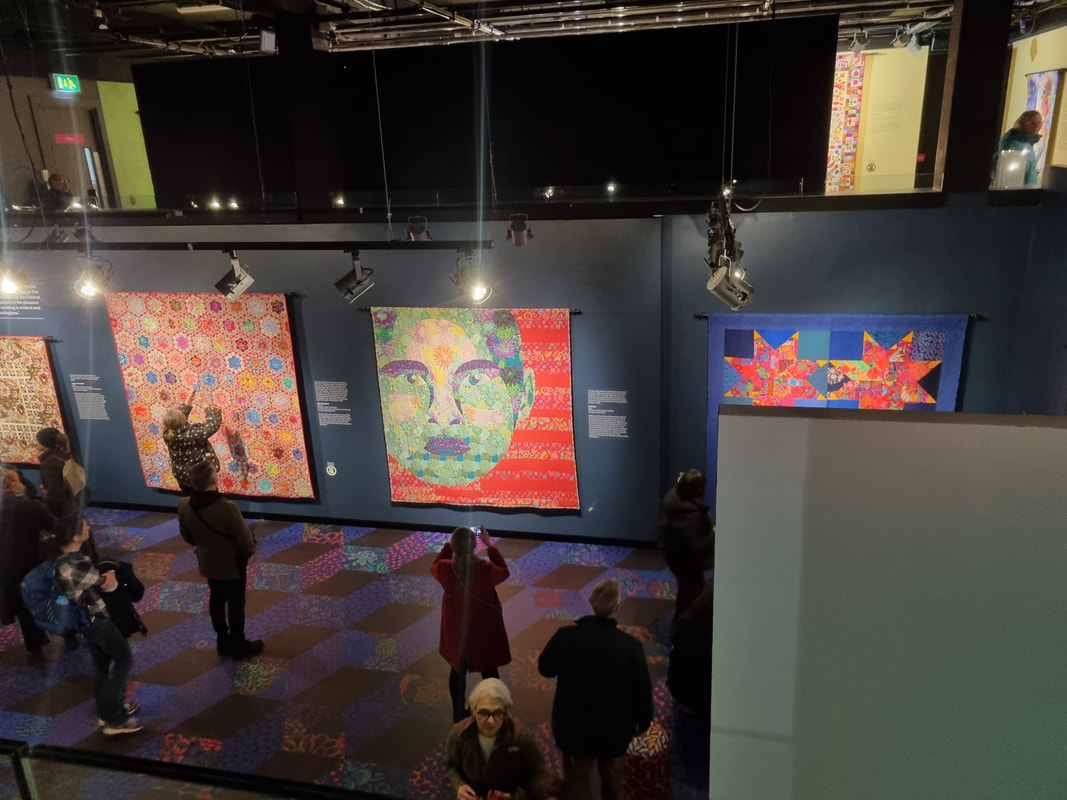
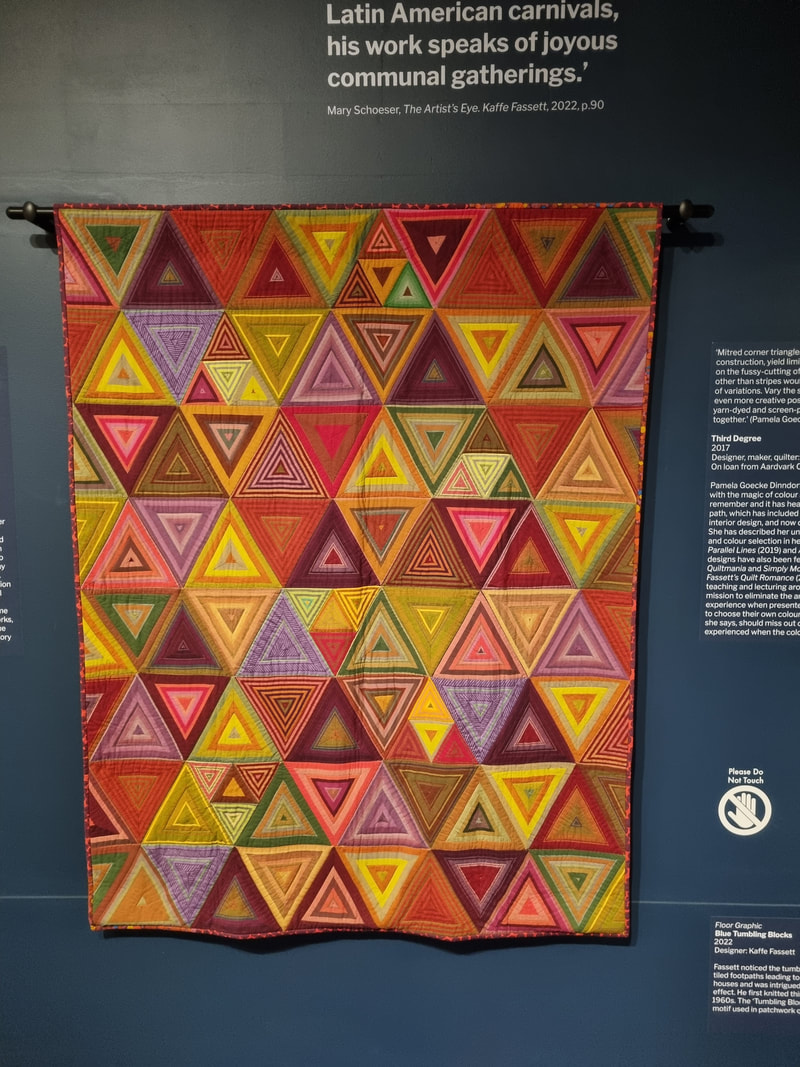
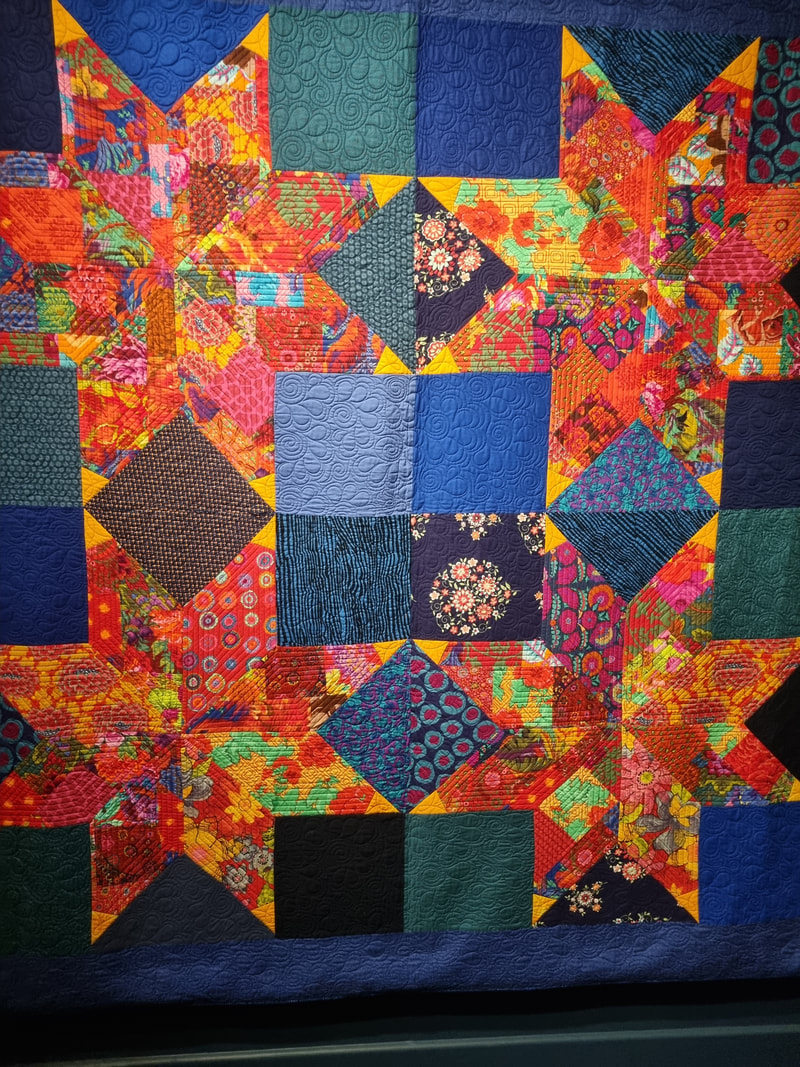

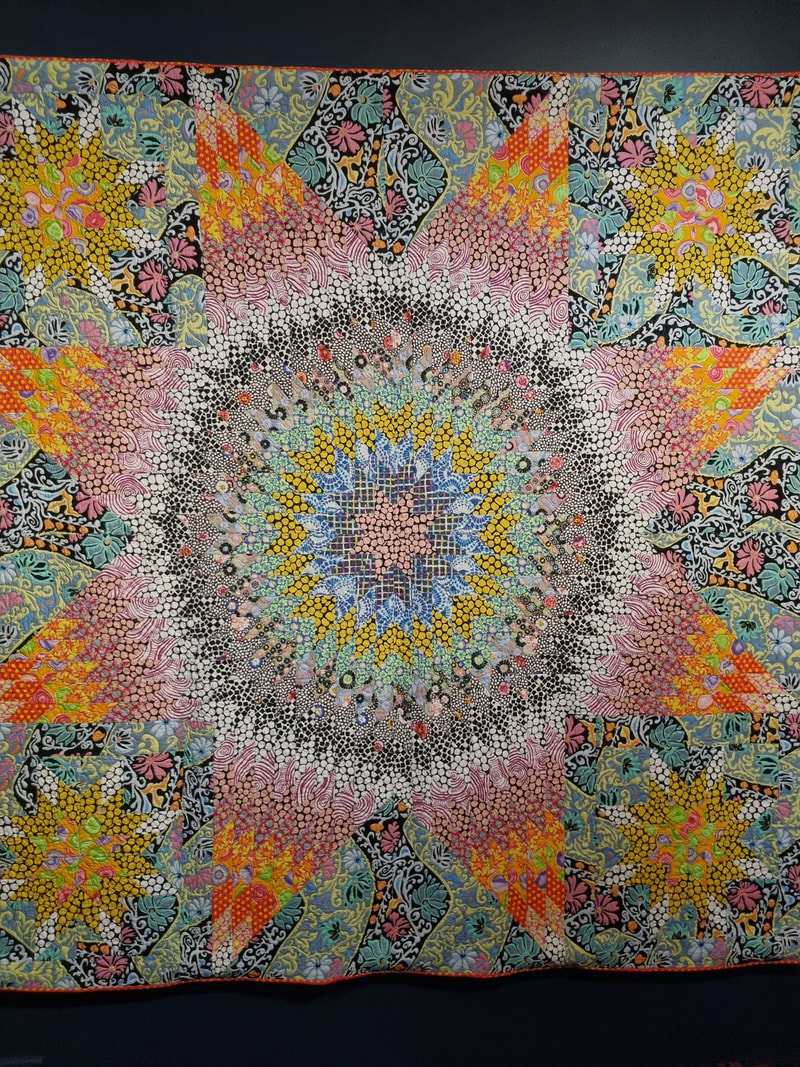

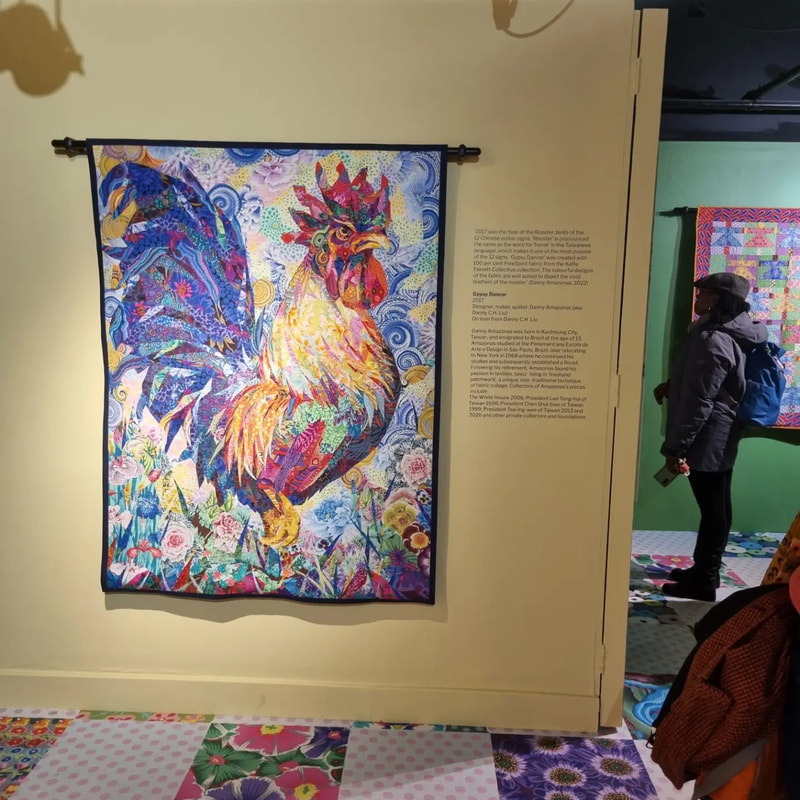

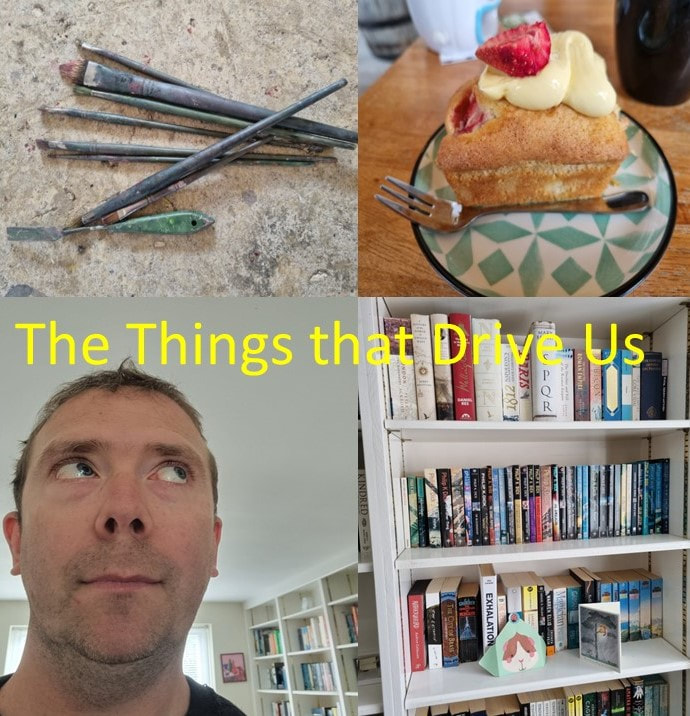
 RSS Feed
RSS Feed